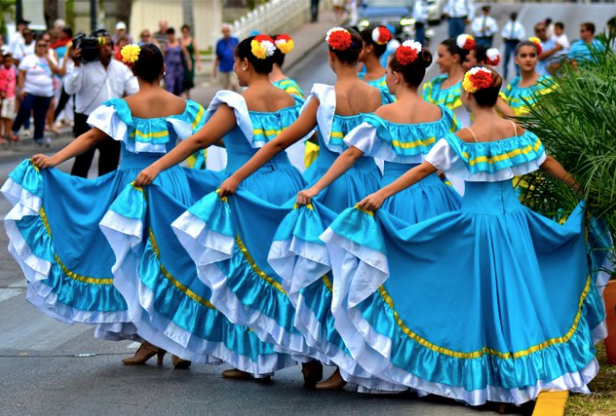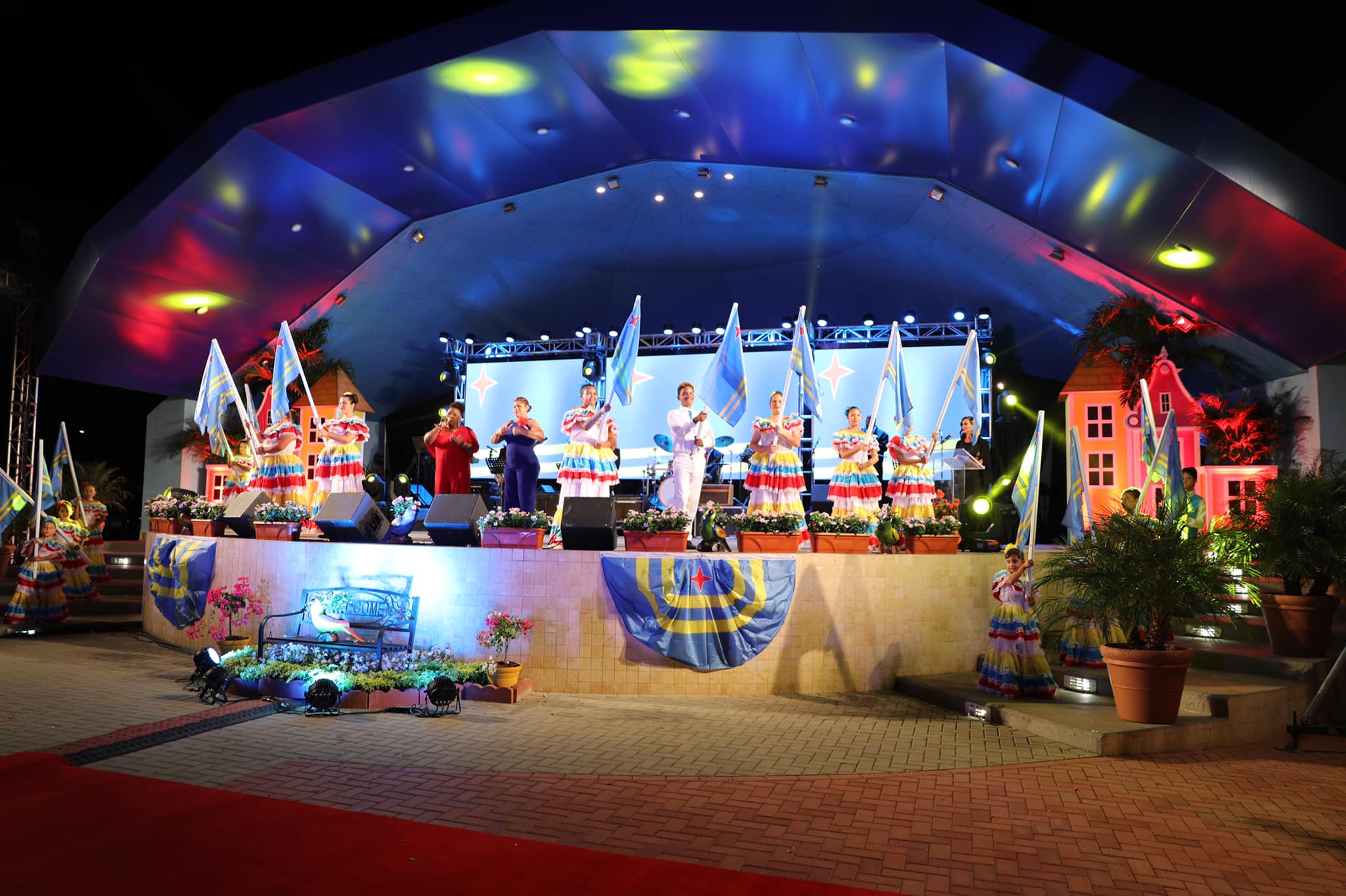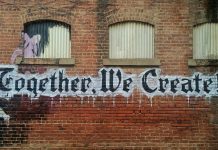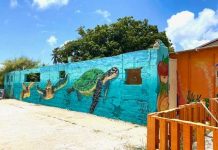Maastricht – The month of March is a very cultural and festive month for the Aruban community. After many weeks of colorful parades and elections during the carnival season on the island, the fun does not seem to slow down. March is a cultural and patriotic time for Arubans as they celebrate the National Flag and Anthem Day of the country. On March 18th 1976, the Aruban flag and anthem “Aruba Dushi Tera” made its first appearance in the Wilhelmina Stadium. A proud moment for the Aruban people, in great celebration of their liberation and independent identity within the Kingdom of the Netherlands. When it comes to cultural and creative industries (CCI) culture represents a significant part of identity formation of a society and is immensely important for cultural and social developments. Aruba has numerous national symbols that reflect our culture, political journey and heritage. These include our anthem, our flag, our coat of arm, our native language Papiamento, our currency and lastly, our national symbol; the Shoco (owl). For this week, let’s highlight Aruba’s national anthem and flag.
The Aruban National Anthem
Aruba’s Anthem, “Aruba Dushi Tera” was composed by Mr. Padu Lampe, Mr. Rufo Wever and Mr. Hubert Booi. In preparation for Aruba to receive its status aparte within the Dutch Kingdom, on January 21st 1976, the government installed a commission that received the task to advise the government on what Aruba’s anthem would be like. On March 16th 1976, it became official; Aruba received its own anthem.
The Aruban Flag
In the same manner of the anthem, on January 21st 1976, Betico Croes installed another commission in charge of organizing the congress within the community to design Aruba’s flag. The Aruban flag consists out of the blue color, representing the ocean surrounding the island. The position of the red star indicated the placement of the island in the ocean. The red color indicating the love of the Aruban to its country and also to pay homage to the blood shed by the Indians. The yellow stripes representing the color of abundance, which complimented all economic industries Aruba has known and numerous indigenous flora and fauna. Lastly, the white rim on the red star, representing the white sand beaches that surround the island.
Many countries have national holidays or celebrations that are patriotic of some sort. Identity development is crucial especially when you are young and learning who you are and where you come from. In kindergarten children are so creative and are intentionally exposed to this so they can learn these skills. Unfortunately, even though this provides so many benefits, as the child grows up until adulthood, the less creative they are expected to be in a learning environment. In the past Artist Edition Series, we featured some professionals that continuously expressed the importance of the CCI in their own life and how they wished to have been more exposed to their culture. Studying abroad really highlights this desire to another level.
From a personal experience, living in the Netherlands and studying at an international institution where I sit amongst colleagues from all over the world, I can’t help but to feel tremendous pride of my culture, language and my identity. It is not until I was removed from my environment, that I realized how much love and respect I have for Aruba. The world has a shared history and a rich, diverse cultural heritage. This heritage is cherished globally as an asset that belongs to us all, yet gives our societies their identity and binds them together, nurturing a rich cultural and creative present and future.
 Celebrating Aruba’s National Day far away, really puts things in perspective. Culture has been and still is the tool for dynamic construction of individual and collective identities all over the world. The active participation of people in local cultural activities (such as poetry, dance, sculpture, theatre, music, etc.) improves their quality of life and well-being and enhances opportunities and options of any community. Aruba is rich in all art forms and activities that represent the love and dedication for its heritage.
Celebrating Aruba’s National Day far away, really puts things in perspective. Culture has been and still is the tool for dynamic construction of individual and collective identities all over the world. The active participation of people in local cultural activities (such as poetry, dance, sculpture, theatre, music, etc.) improves their quality of life and well-being and enhances opportunities and options of any community. Aruba is rich in all art forms and activities that represent the love and dedication for its heritage.
The month of March is a cultural month filled with activities such as “Poeta di Patria” (poetry festival) and Festival “un Canto pa nos Himno y Bandera” (song festival dedicated to the Aruban flag and anthem) etc. Talented Arubans of all ages and backgrounds participate to contribute to preserving the islands cultural heritage and to enrich these practices with the community. Over the years these festivals have grown and the awareness should continue starting with the young generation. Not to forget the cultural manifestation that is also a tradition within our community. A beautiful presentation filled with music, dance, poetry in honor of those who fought for our liberty. So, CCIs make cities more livable, providing the hubs and many of the activities around which citizens develop friendships, build a local identity and fulfillment.
The Creative Islander wants to congratulate all organizations that in one way or other help preserve Aruba’s cultural heritage. Also, to all the winners of this year’s “Un Canto pa nos Himno y Bandera” and “Poeta di Patria”. Thank you for contributing with your talent and creativity. To the entire Aruban community, to all Arubans living abroad, to all who have made Aruba their home, to all who just love the island; “Felis Dia di Himno y Bandera”. For us in the Netherlands, the celebration starts this weekend. All Aruban students and professionals residing in the Netherlands are coming together this Sunday for the annual “Aruba Dag” (Aruba Day) festival. We too will have the opportunity to cohesively pay tribute to our Aruba and all her achievements over the years. In the words of Betico Croes; “Libertad, nos Identidad!” (liberty, our identity). In my words: “Creatividad, nos Identidad” (creativity, our identity).












